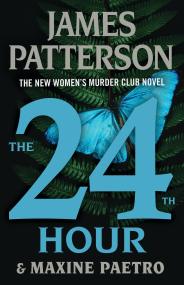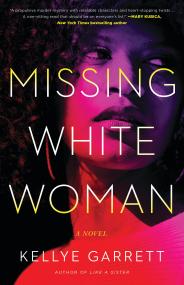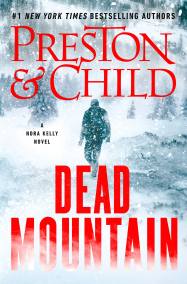Promotion
Use MOM24 for 20% off site wide + free shipping over $45
American Predator
The Hunt for the Most Meticulous Serial Killer of the 21st Century
Formats and Prices
Format
Format:
Trade PaperbackThis item is a preorder. Your payment method will be charged immediately, and the product is expected to ship on or around June 9, 2020. This date is subject to change due to shipping delays beyond our control.
Also available from:
- On Sale
- Jun 9, 2020
- Page Count
- 304 pages
- Publisher
- Penguin Books
- ISBN-13
- 9780143129707
By clicking 'Sign Up,' I acknowledge that I have read and agree to Hachette Book Group’s Privacy Policy and Terms of Use




